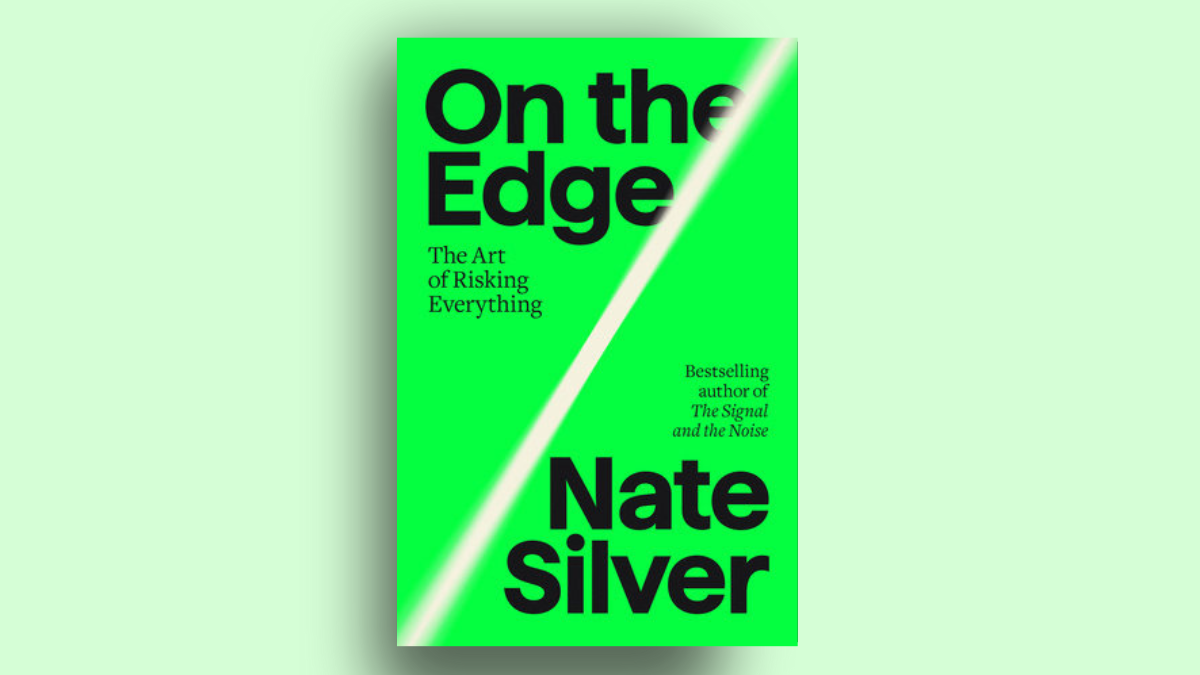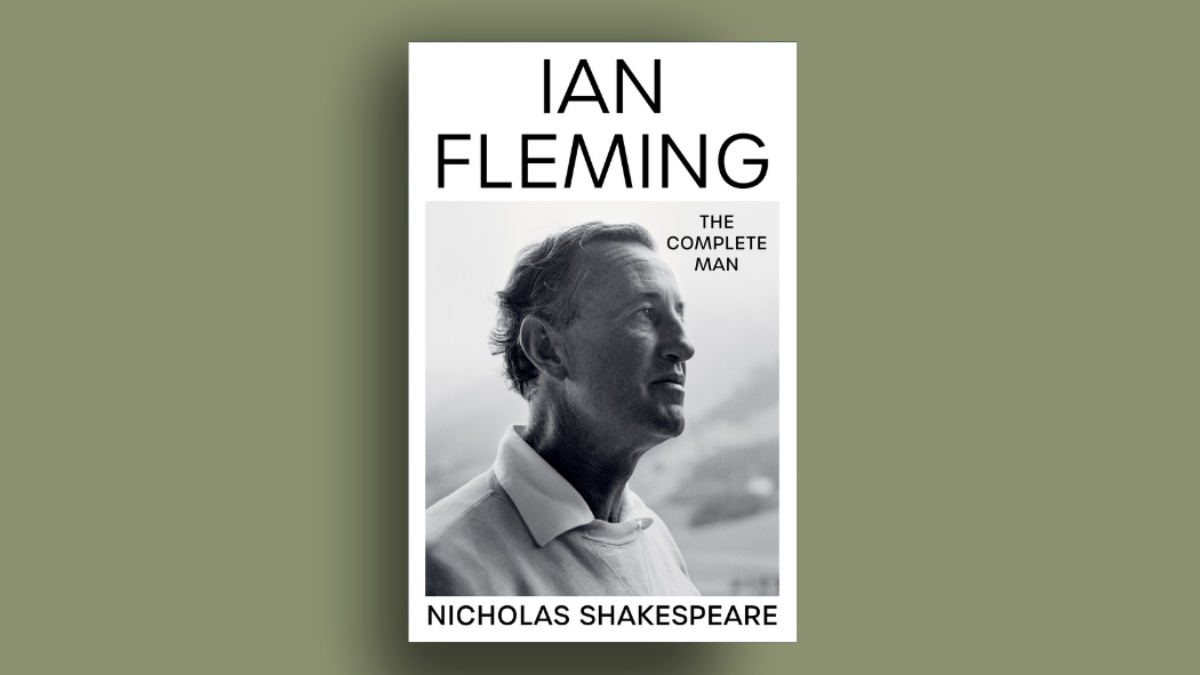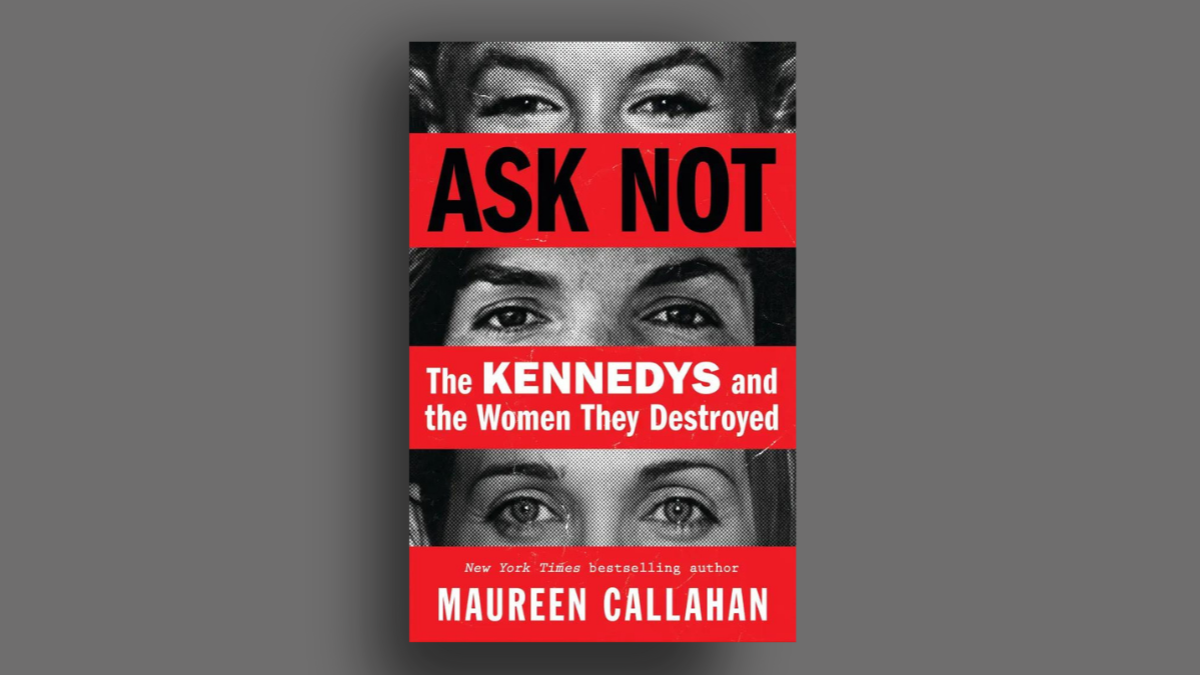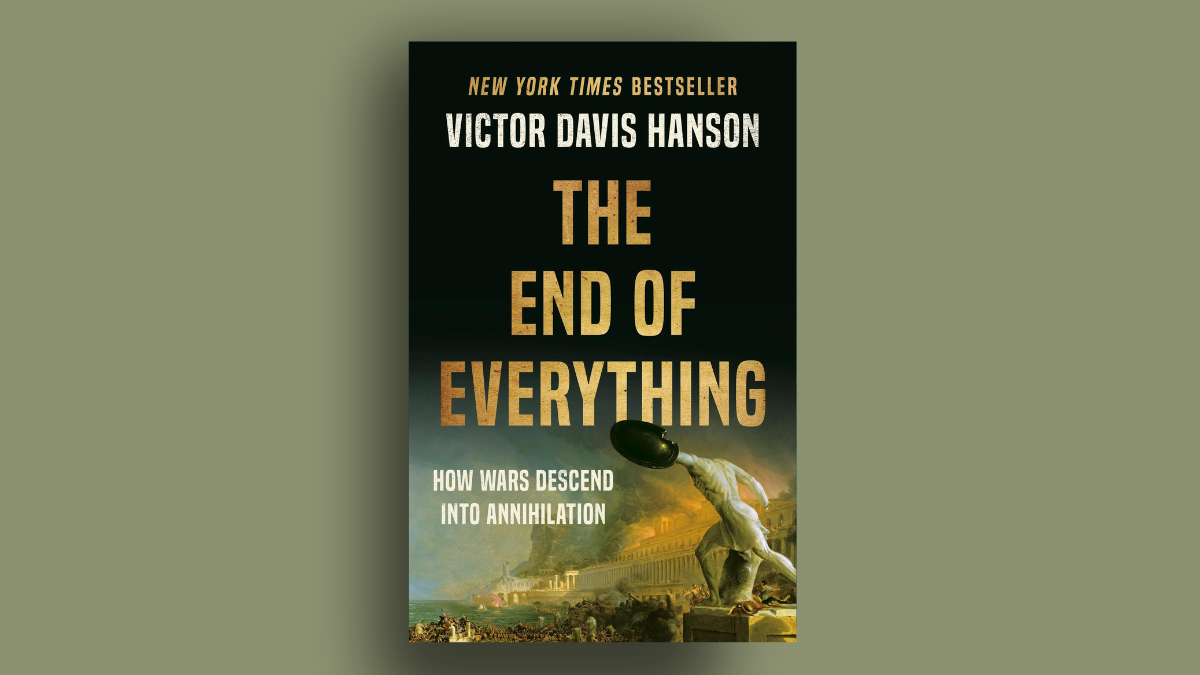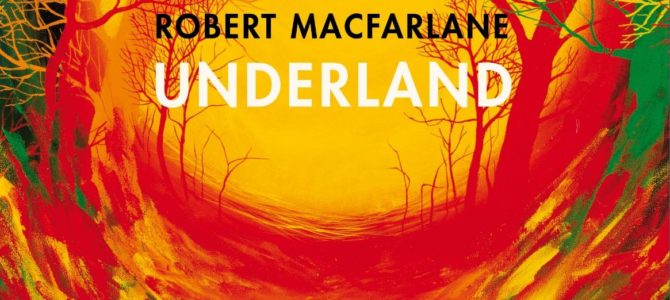
British author Robert Macfarlane is technically a nature writer, but whose style is several shades darker than Henry David Thoreau, or even Edward Abbey. He is also a deep, occasionally ponderous thinker and careful writer, with a style as fecund and dense as a forest floor.
The paragraph above encapsulates both the ambivalence and grudging admiration I feel for his new book Underland: A Deep Time Journey, which after initial misgivings impressed me as an original labor of one man’s topsy-turvy love for the sinister hidden places below our feet. Macfarlane’s 2003 debut, Mountains of the Mind, resisted the romanticizing of extreme mountain-climbing, but with Underland he has happily succumbed to pursuing dangerous extremes from the opposite direction—going down, not up.
He treks to claustrophobic Parisian catacombs, to a “dark matter” particle observatory under Yorkshire, and to the underground city of Derinkuyu. He learns how the ghosts of World War II refuse to stay buried in Slovenia. He tours a first-of-its-kind waste repository for spent nuclear fuel below the west coast of Finland, “keeping the future safe from the present.” Macfarlane stretches our perceptions both of space and time, going deep in every direction, up and down, past and future.
Purple Prose
Lyrical lines alternate with pretentious ones (or is the other way around?) and some I’m still not sure about, like “We ghost the past, we are its eerie.” But Macfarlane has done his time in the mines, and the catacombs, and the moulins, which are holes in glaciers.
He’s a Cambridge professor of literature in his early 40s who writes in the manner of a 600-year-old tree. But flowery language is a forgivable temptation in nature writing, and once I suppressed my cynicism I came away impressed with both the range of his thinking and his physical courage.
Underland has notes, a bibliography, and an index, a helpful grounding for a book that skips around geographically and geologically and whose prose style can tend toward mistiness. An indoorsman like me wishes it had a glossary as well, because if Eskimos have 50 words for snow, then Macfarlane has discovered dozens more to describe holes in the ground.
There is a dutiful, public television-approved streak of reverence for nature here, but the standard spiritual uplift is interspersed with good old human-sized terror and claustrophobia. It’s enlivened with plenty of scrapes—if not with death, then with major injury. Some scenes are throat-catching, even though you know our hero survives with his wits intact.
For someone who spouts about “the blue of time,” Macfarlane can be surprisingly hard-headed when necessary, skilled at expressing scientific concepts in layman’s terms, getting away with lines like “ice has a memory” by then explaining how ancient ice records and stores data. Elsewhere he shows his physics chops, and shrewdly notes that “glacial pace” has become a misnomer with the increased pace of glacier melt. Like an abstract painter you trust because he can also knock out a decent landscape, you can buy into Macfarlane’s more enigmatic visions knowing they are based in clear-eyed observation.
Besides “the blue of time,” a line that is growing on me, there are other color-filled metaphors: the “black-star calving” of glaciers, “a silver reliquary” of air bubbles, “the blue fingers of the starless river”—Poets, steal these lines!
Rich Delicacies
His scientists, guides, and companions in danger are invariably spiritual and incredibly quotable. Macfarlane never talks to a dullard. He “speaks in spores” with one Merlin Sheldrake (!), an expert in mycorrhizal fungi, which is thankfully far more interesting than it sounds.
Still, I had questions: How did they stock up for that underground catacomb rave/picnic, when Macfarlane could barely fit his skull through an opening “perhaps eighteen inches high” to get there? How do you make notes while trying not to slip off a glacier?
A New York Times review overstates Underland’s obsession with climate change, but there is still plenty of screed. I welcomed the book’s (very) occasional glints of humor, or at least irreverence. My first chuckle, one of three, came on page 402.
Macfarlane encapsulates in poetic form the shocking beauty, surprising surrealism, and sudden terrors of the underground world, painting nature as both awesome menace and dark respite. One complaint: While poetic with words, Underland is oddly parsimonious with pictures from these sinister, awe-inspiring spots. Perhaps cameras presented a logistical problem, or an artistic decision was made to leave the heavy descriptive load to the text alone.
Those underground vignettes are indeed rich delicacies, but could give you indigestion if gobbled up in one go. Reading breaks may be in order, perhaps while enjoying some nice, healthy sunshine on your face.


